NATO announced that it has picked Boeing’s 737-based E-7 Wedgetail, to replace its aging fleet of 707-based AWACS airborne radar platforms.
It is customary for military aviation technology to creep into commercial applications. But the opposite can happen, too. As we have seen in previous articles, Boeing started developing the aircraft that we know today as the 707, in the knowledge that the U.S. Air Force could buy a version of it.
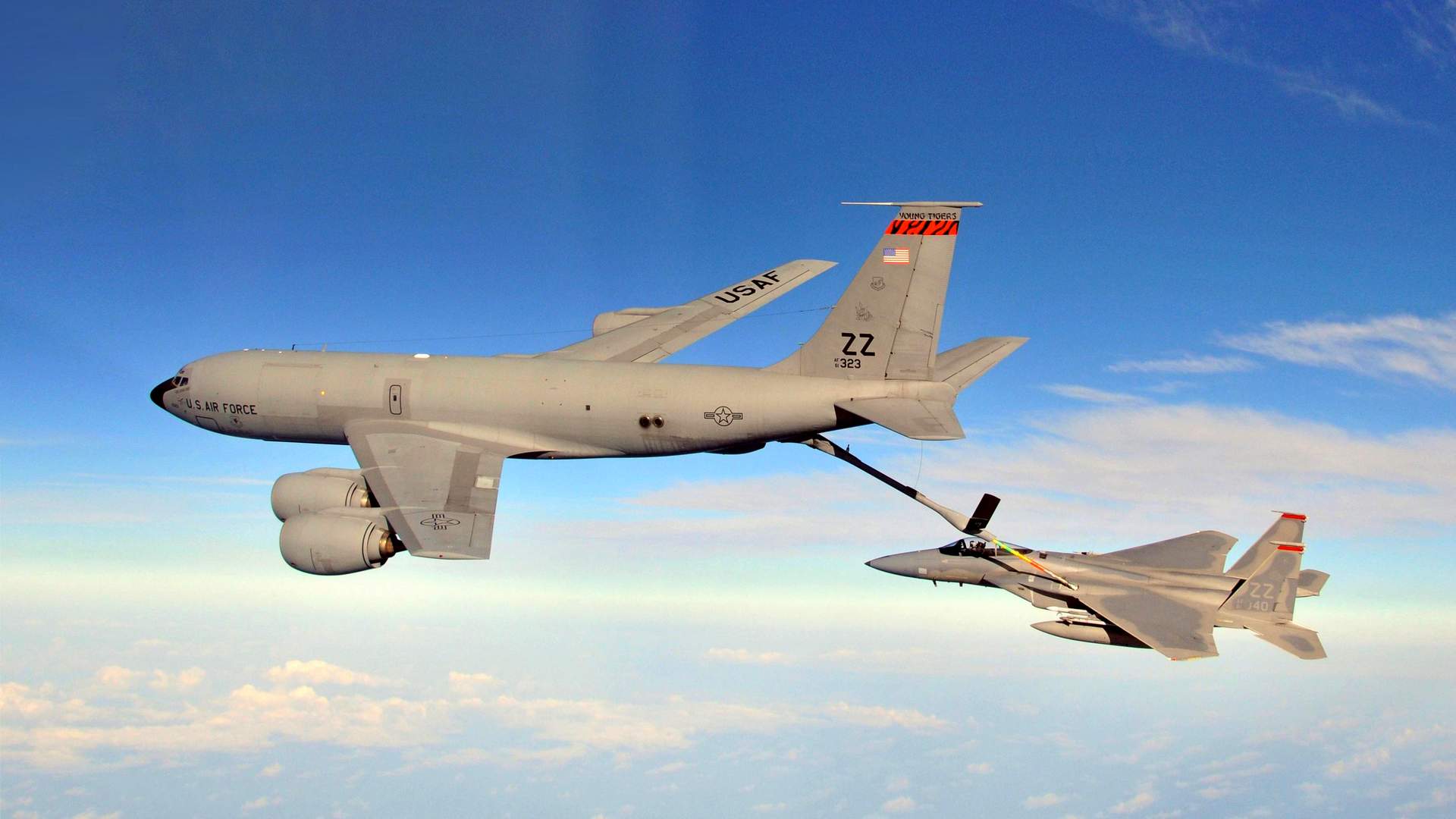
That design would become the KC-135 tanker, which entered service before the airliners. But this aircraft would end up having a narrower fuselage than the 707. The airlines wanted their version to have six seats across, in economy. This then led to the wider cabin of the 707 – and the 727 and the 737 that followed. The 757 has the same overall diameter, too.
But the U.S. Air Force and other military buyers would end up buying versions of the 707, too. This includes the E-3 Sentry, a.k.a. the AWACS (Airborne Warning and Control System).

NATO has its own fleet of 14 E-3s, which it will replace with the E-7, as it announced this week. This decision isn’t that surprising. NATO is following a USAF decision to buy the E-7, as we learned in March this year.
E-7 – A Smaller Platform To Replace NATO AWACS
Previously, the new Boeing Airborne Early Warning & Control (AEW&C) platform attracted orders from Australia, South Korea, Turkey, and the United Kingdom. But orders from the U.S. Air Force and now NATO, mean that the E-7 could receive still more orders, either from these customers or new ones.
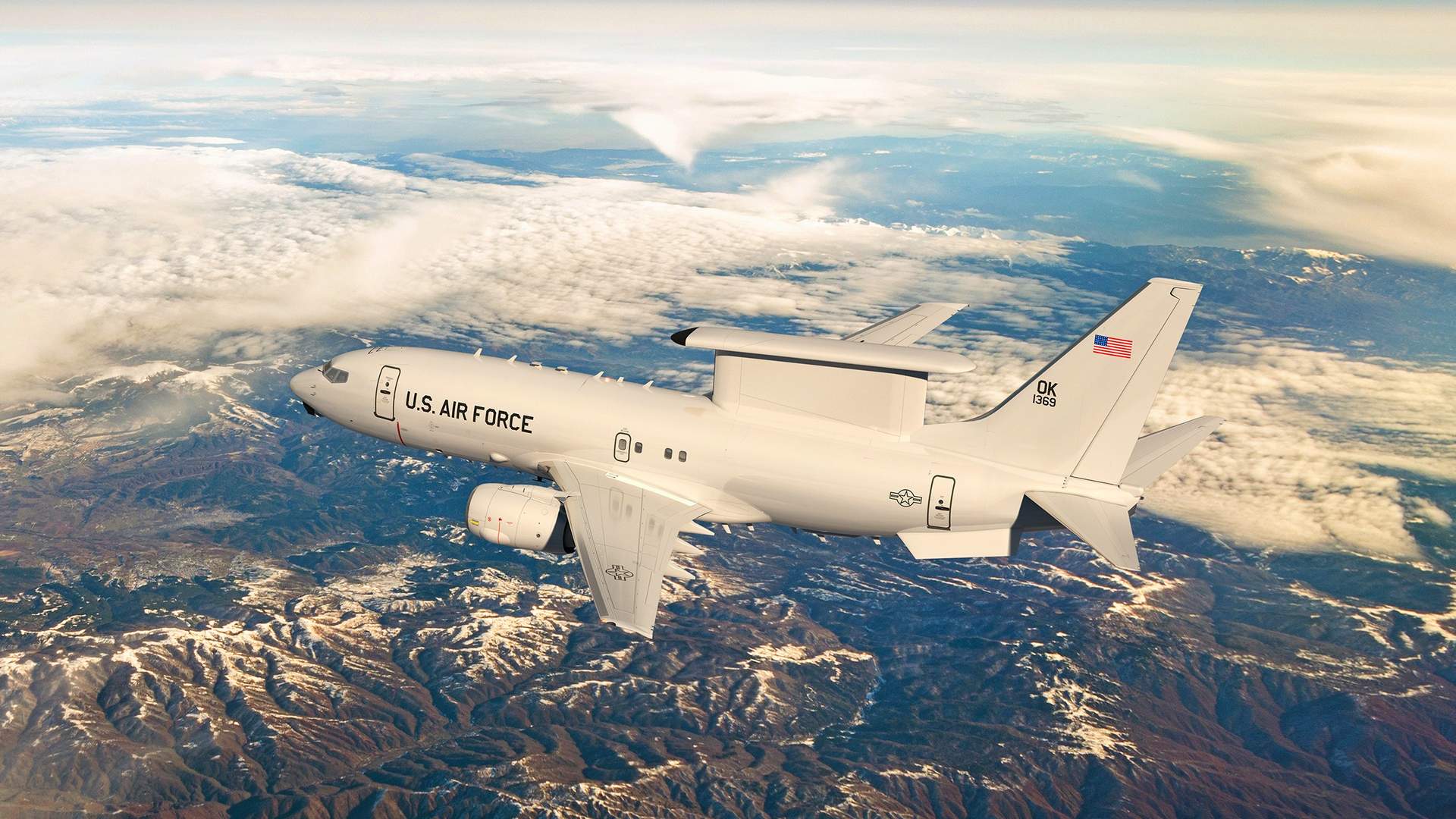
The E-3 Sentry has a rotating radar on its back. That’s most likely the reason that it uses the fuselage of the 707 (or C-137, in military parlance) rather than that of the KC/C-135. The larger fuselage allows the radar base to have a wider footprint.
By contrast, the E-7 that NATO and the rest of the program’s customers are getting, uses a MESA (Multi-role Electronically Scanned Array) radar. This and other technological advancements make it possible to reduce the size of the aircraft platform. The existing E-7A is essentially an adaptation of the 737-700.
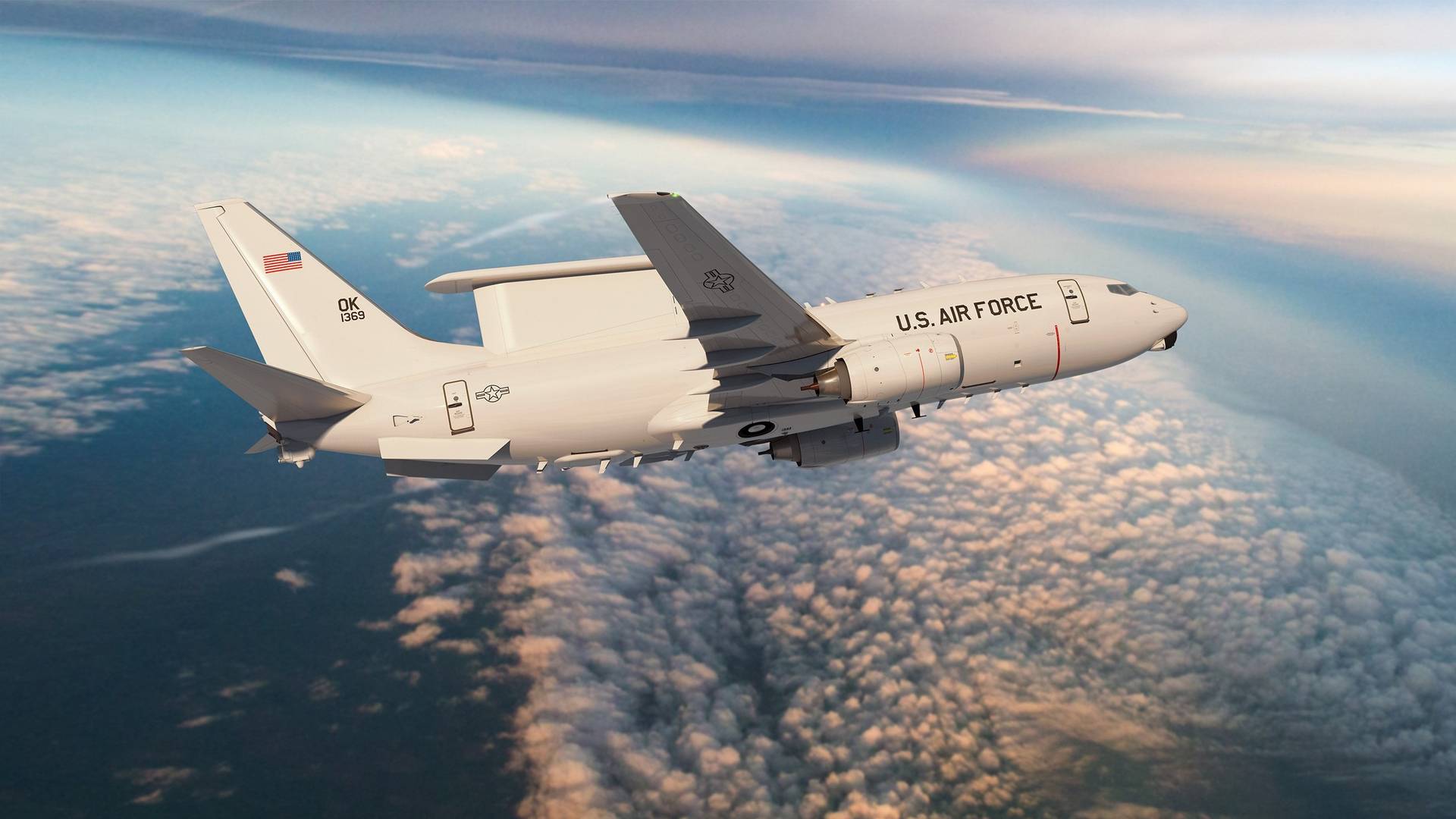
Interestingly, NATO has only announced plans to get six E-7 Wedgetails, to replace its fourteen E-3s. This may have to do partly with the new platform’s capabilities. But it more than likely has to do with how much use NATO has been getting out of its E-3 Sentries lately.
These jets are quite old and in need of plenty of downtime for maintenance. Purchasing the E-7 will be expensive, but it could allow NATO to simplify its operations. However, the effect that these contracts will have on Boeing, is more interesting.
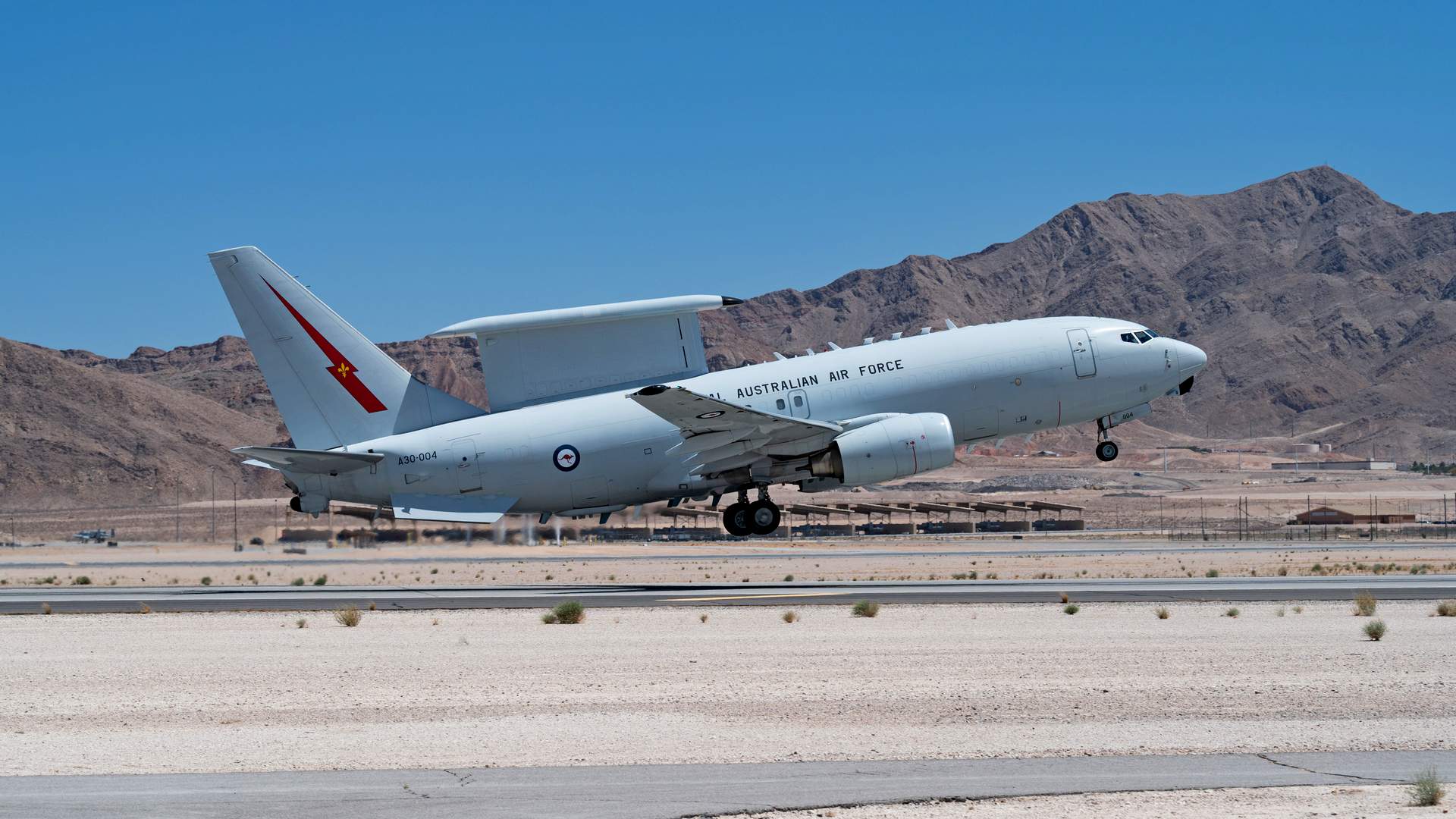
Producing More New 737NGs?
The initial USAF contract for the new platform is reportedly for 26 aircraft. Even after the (first?) NATO purchase, the size of the E-7 orders doesn’t sound impressive. However, the way Boeing will make these jets could spring some surprises.
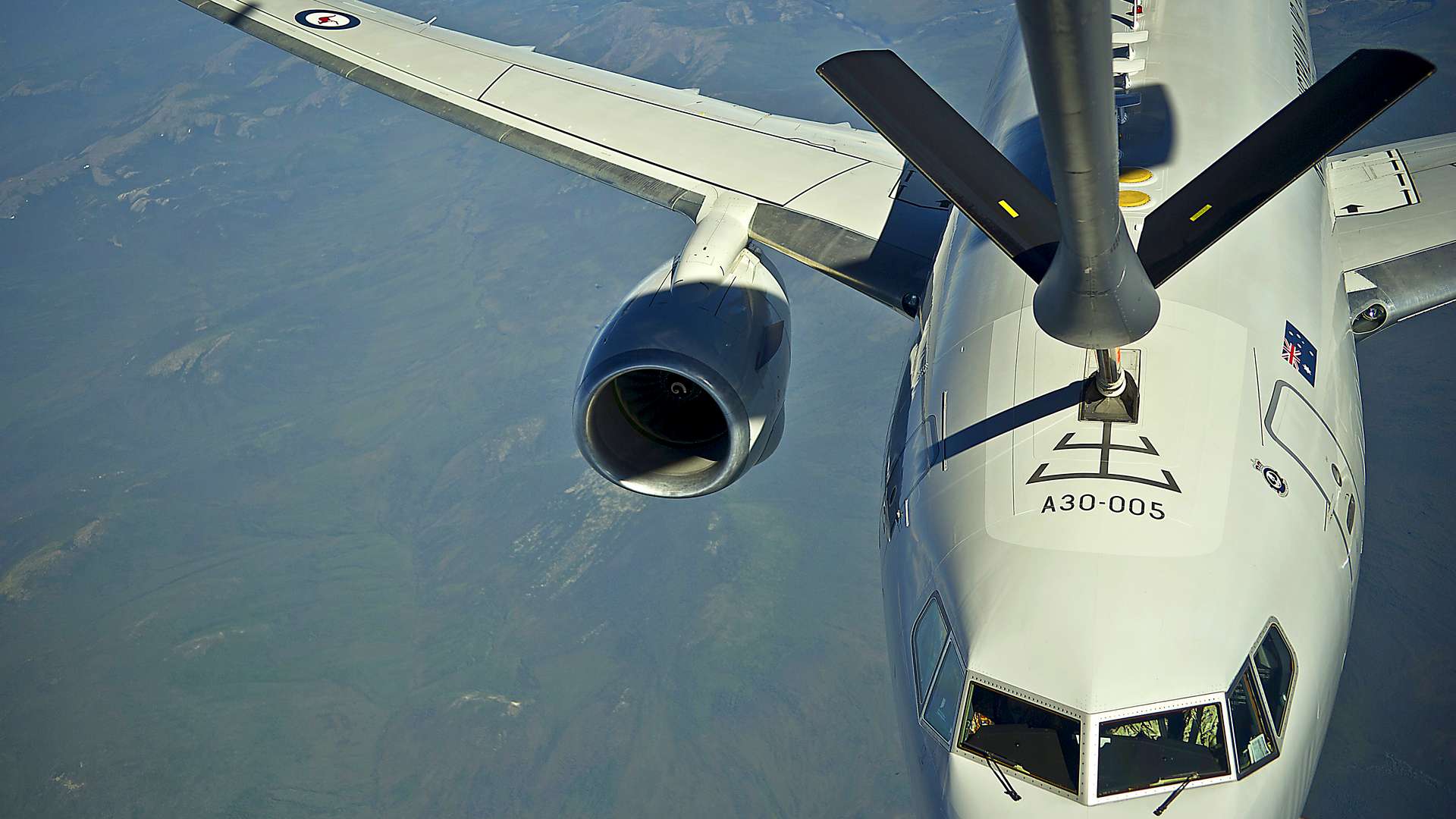
At the moment, just 14 of these aircraft are in service worldwide, with the designation E-7A. These jets aren’t just based on the 737-700 – all ARE conversions of 737-700 passenger aircraft. The same may not necessarily be true of the E-7 Wedgetails that NATO and the U.S. Air Force will get.
Could these aircraft be made on the 737 MAX platform? The 737-7 replaced the 737-700 in passenger service, being slightly longer, with newer LEAP-1B engines and other new and updated systems. However, the U.S. military (USAF, Navy) still has hundreds of aircraft with CFM-56 engines.
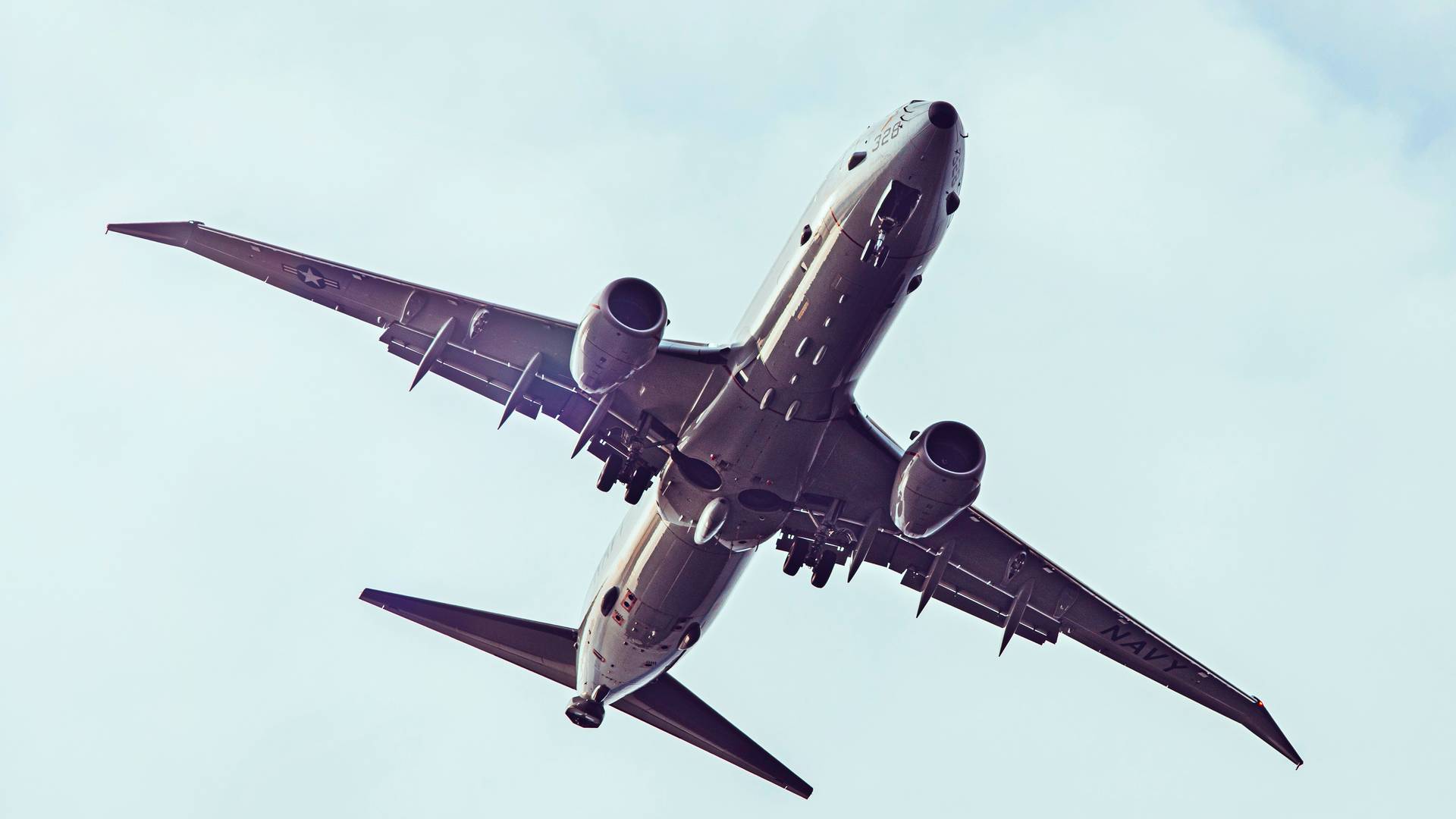
This includes the Navy’s P-8 Poseidon, a maritime aircraft that’s based on the 737-800, which Boeing builds side-by-side with the newer 737 MAX family. And that could well be how Boeing builds the next E-7 variant, for NATO and the U.S. Air Force, as a lower-risk solution. If this is the case, then Boeing will continue making 737NGs for a few more years to come.



